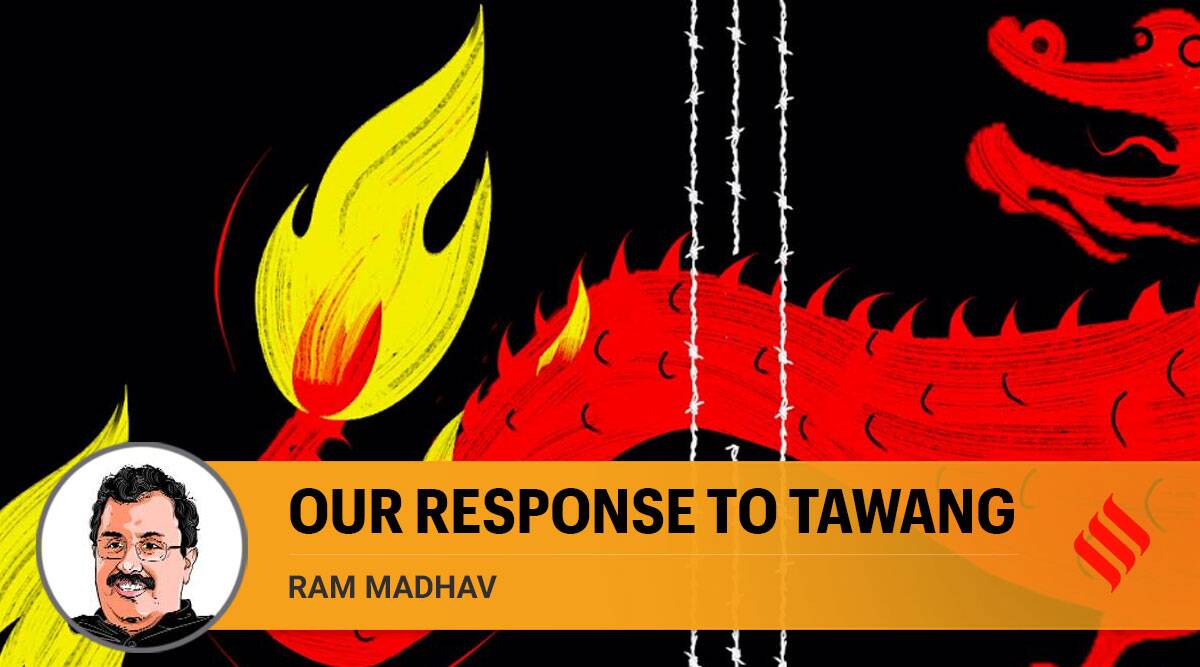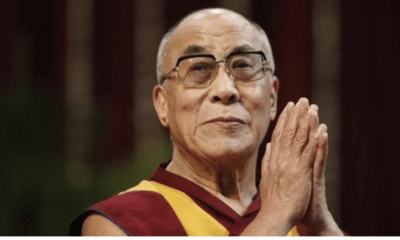
|
Getting your Trinity Audio player ready...
|
(The article was originally published by Indian Express on December 17, 2022. Views expressed are personal.)
The recent scuffle at Yangtse near Tawang in Arunachal Pradesh on December 9 was dubbed by many as the “new normal” for India in dealing with China on the Line of Actual Control (LAC).
But is this really new? Across the LAC, in all three sectors — west, central and east — China has always employed such aggressive manoeuvres, which 25 rounds of talks in the Border Management Group couldn’t prevent. In fact, the Government of India told the Indian Parliament that while there were more than 400 border violations by the Chinese People’s Liberation Army (PLA) in 2015, the number crossed 600 in the year 2019.
There were major violations leading up to weeks of the stand-off in 2013-2014 in the western sector. In fact, the Chinese side chose President Xi Jinping’s visit to India in 2014 to stage a major border violation in Ladakh. Prime Minister Narendra Modi had to take the matter up directly with the visiting leader. Three years later, the theatre shifted to the Doklam tri-junction in the middle sector, where the PLA violations had led to a 73-day stand-off between the Indian and Chinese armies.
Then came the worst violations in April 2020 at multiple places in the western sector in Ladakh and the tragic Galwan casualties.
Hence, Yangtse is not a “new normal” for India as far as the violations are concerned. Yangtse itself has seen repeated violation attempts right from 1987 when, in the aftermath of the PLA incursions in the Sumdorong Chu Valley in Arunachal Pradesh, the Indian Army moved swiftly to take positions on the heights of the Yangtse ridge as a preventive measure. Sumdorong Chu border violations had resulted in an eyeball-to-eyeball stand-off between the two armies that continued for over six years and ended only after a visit by Prime Minister Narasimha Rao to Beijing in 1993.
The LAC has been a bone of contention between India and China. But technically speaking, Arunachal Pradesh’s border with Tibet was demarcated not by the LAC but by the McMahon Line. The McMahon Line demarcates the China-Myanmar border too and there was never any dispute over it. The same line extends up to the India-Tibet-Bhutan intersection from Myanmar. In fact, the Chinese Army had withdrawn behind that line in the Arunachal Pradesh sector at the end of the 1962 War, while it hung on to occupied territories in the Aksai Chin region in Ladakh.
It was only in the aftermath of the 1962 debacle, and Nehru’s timid response during the war that the Chinese side started upping the ante on the NEFA front. Zhou Enlai, the Chinese premier, started arguing after 1964 that the McMahon Line was a colonial imposition and not acceptable to China. The new terminology of “South Tibet” for Arunachal Pradesh too was brought in after the Himalayan kingdom of Sikkim joined Indian Union in 1975.
Thus, the entire border of close to 3,500 km from Ladakh to Arunachal Pradesh, including the LAC and the McMahon Line, was cleverly converted into a dispute by the Chinese side and India quietly acquiesced. For China, continuous attempts to nibble away at Indian territory have been “normal” ever since.
An interesting anecdote is relevant here. Sometime in August 1962, the Central Military Commission received instructions from Mao to prepare for a war on India. Zhou Enlai came to India on October 3, just a week ahead of the planned aggression. He reassured Nehru that there would be no war. Upon return to Beijing, Zhou briefed Mao about the meeting and Nehru’s faith in Panchsheel and peaceful coexistence. Mao smirked and asked Zhou to convey to Nehru that China and India should practise not “peaceful coexistence”, but “armed coexistence”.
Unfortunately, India never picked up that signal. “Risk aversion” and “peace obsession” remained India’s preoccupation as far as the LAC was concerned. When the Indian Army was alerted in early 1987 about the PLA incursions in Sumdorong Chu Valley, it was General Sundarji, the then Army Chief, who unilaterally decided to airlift battalions to that area without waiting for political clearance. Prime Minister Rajiv Gandhi and his officials were upset with Sundarji’s action. There were heated arguments prompting Sundarji at one point to tell them to seek advice from someone else if they wished. He knew the disaster too much civilian interference had caused in 1962. Surprisingly, during his visit to Beijing in 1988, the first by an Indian Prime Minister after the 1962 War, Rajiv Gandhi chose not to pursue the border violations issue. It suited the Chinese well and the occupation continued.
In 1993, Prime Minister Narasimha Rao visited Beijing and the first border treaty called the “Peace and Tranquility Agreement” was signed. There were three more border agreements after that, in 1995, 2005 and 2012. The sad part is that while the agreements talked about maintaining peace along the LAC, there was no definition of what the LAC was. Narasimha Rao did try to insert a phrase about this, but the Chinese refused and the matter ended there.
LAC violations became “normal” with China thereafter. India followed the policy of “no confrontation”. But PM Modi introduced a shift in that policy. Starting with Doklam in 2017, India began demonstrating what Mao wanted — “armed coexistence”. Diplomatic engagement, together with strong ground posturing, became the new strategic doctrine of India.
Unlike in the Ladakh sector, the Indian Army has a much stronger presence in the eastern sector. Over the last few years, border infrastructure has also improved considerably. Professionally competent and militarily well-prepared Indian forces await in full strength any misadventure from the other side in the eastern sector.
The recent scuffle at Yangtse demonstrated the same. Whereas the stand-off in the Ladakh region is continuing after two years, the attempted violation at Yangtse was repulsed in just a couple of hours. Even the PLA, in its statement about the incident, admitted that their patrols were “blocked by the Indian Army”.
Now, that is the “new normal” for the Chinese and the PLA.



